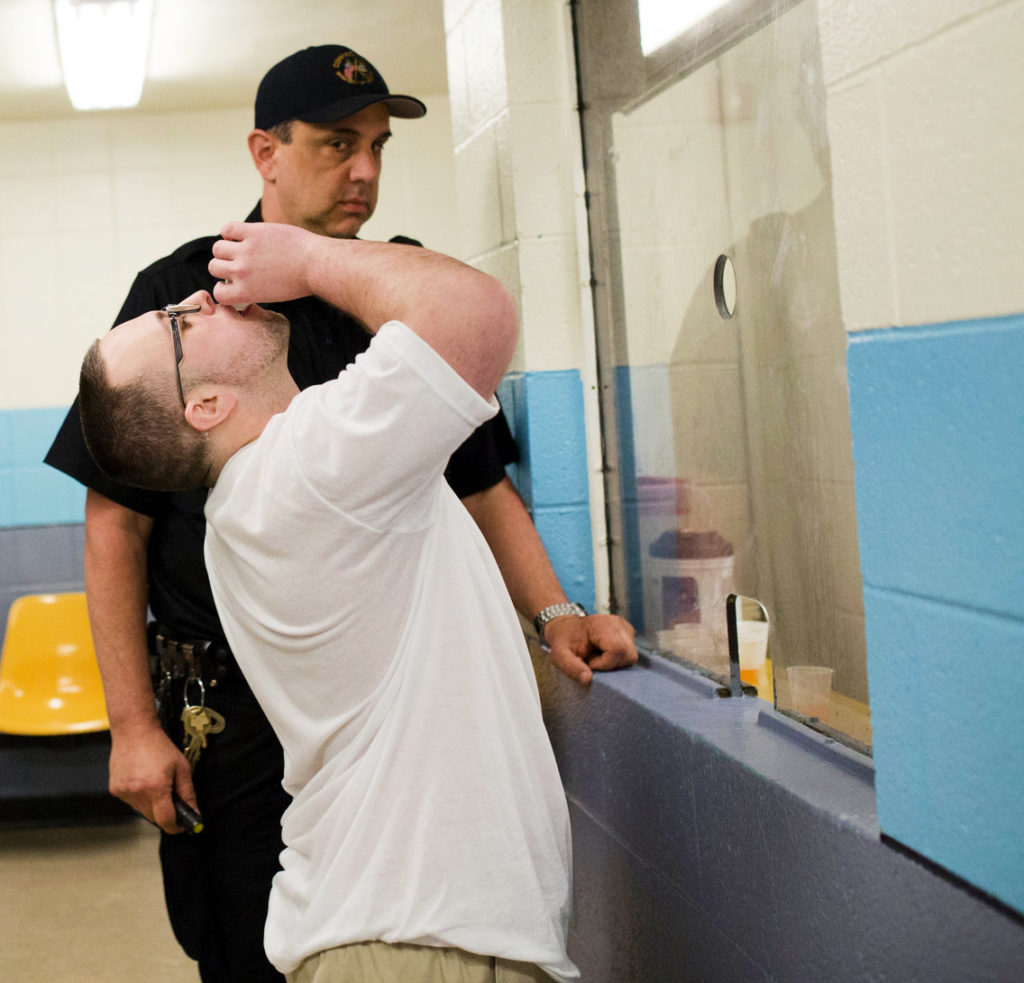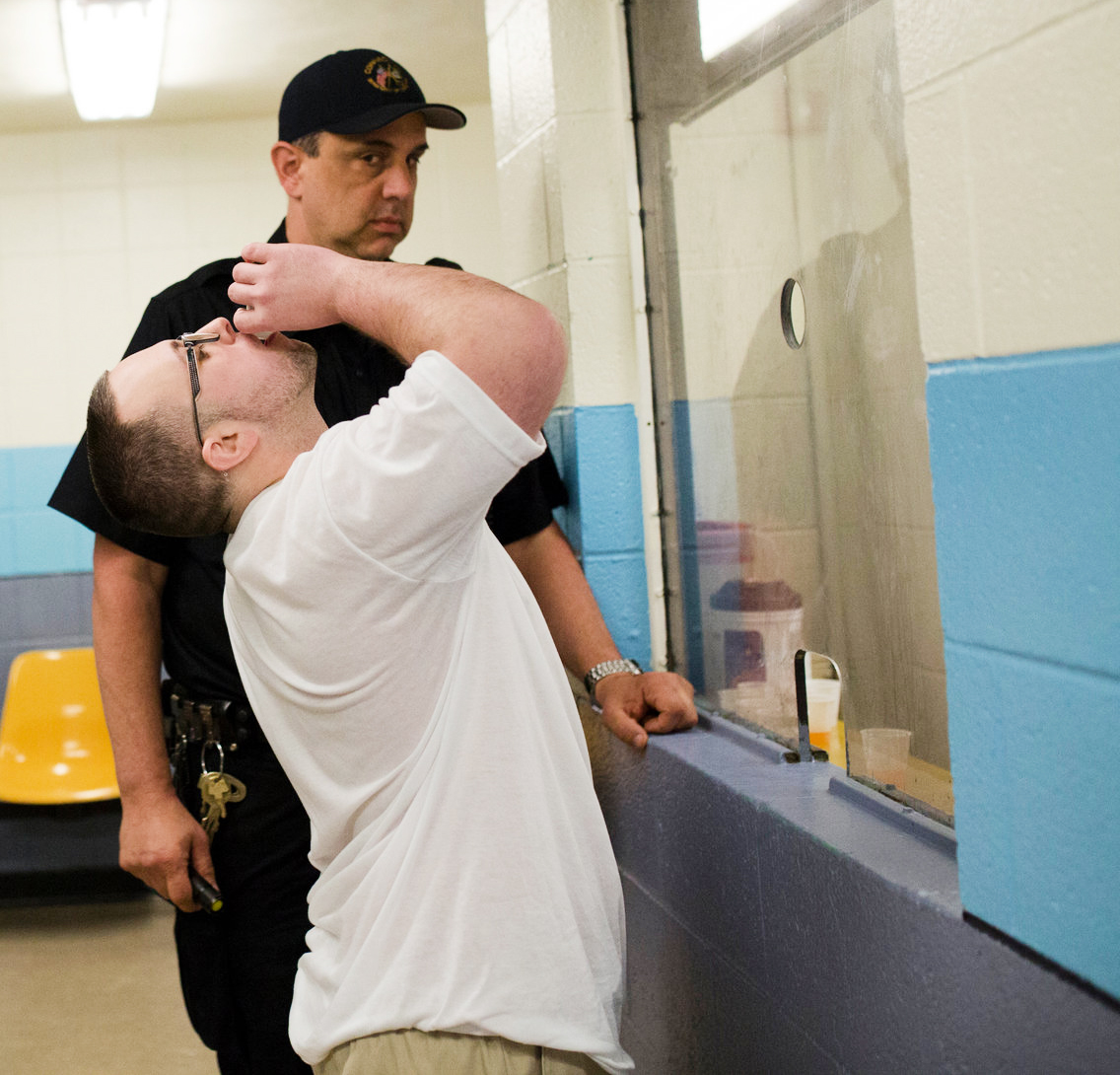
[GUEST OPINION] By Nick Stavros, chief executive officer of Community Medical Services.| Arizona Capitol Times
(Editor’s notes: Opinion pieces are published for discussions purposes only. / Disclosure: Rose Law Group represents Community Medical Services.)
I had the privilege last week of testifying before both the House and the Senate Health Committees in support of the governor’s proposal to address the state’s opioid epidemic. As the CEO of the largest Opioid Treatment Program network in the state, I was enthused to see the passion of our state leadership toward dealing with this important issue.
Related: Jail Ordered to Give Inmate Methadone for Opioid Addiction in Far-Reaching Ruling
However, I was also very shocked at many of the misconceptions held by both our state leadership and by other behavioral health providers on the efficacy of treatment modalities for treating those suffering from opioid-use disorders (OUDs). In fact, these very misconceptions and the stigma that they promulgate are some of the largest reasons why people avoid seeking necessary treatment. Below are a few of the questions that were raised during these hearings.
Are there more effective treatments than medications for treating those suffering from OUD?
The addiction treatment infrastructure in the United States was built over the last several decades to primarily treat alcoholism and other substance-use disorders without the use of medications; thus when talking about addiction treatment we repeatedly hear of a need for “beds” and detox facilities, which historically have not incorporated Medication-Assisted Treatment (MAT) into their treatment protocols. However, many people erroneously think that we can rely on this infrastructure to treat the current opioid epidemic that is ravaging our nation. Research tells us that opioid dependency needs a very different modality of treatment than other types of addictions. In fact, SAMHSA, the CDC, the WHO and all other major global and national health agencies agree that MAT is the most effective treatment for those suffering from OUD and that detox and in-patient treatment without MAT works for approximately 8 percent to 10 percent of those suffering from OUD . Methadone treatment has more research behind it than any other treatment for any type of addiction ever studied and research has confirmed that MAT, and methadone treatment in particular, decreases overdose death rates by 75 percent. In fact, research tells us that if someone enters into inpatient detox treatment for OUD, they are more likely to die of an overdose after treatment than if they were to drop out of treatment prior to completion. Yet only around 20 percent of those suffering from OUD actually get MAT.












